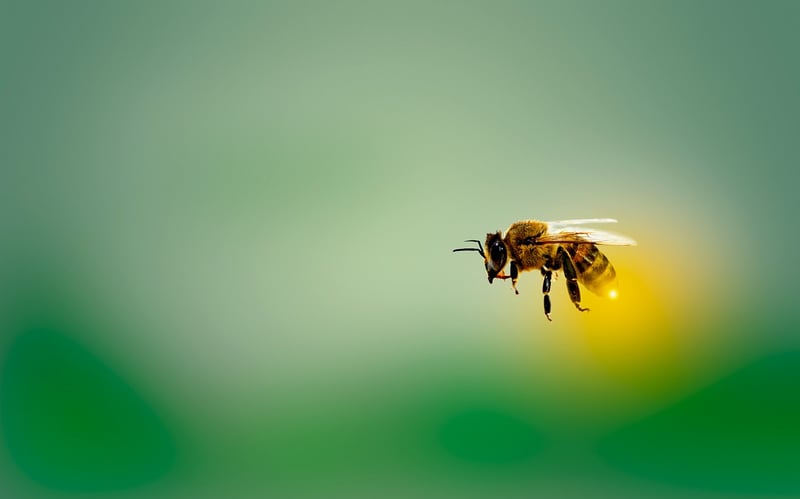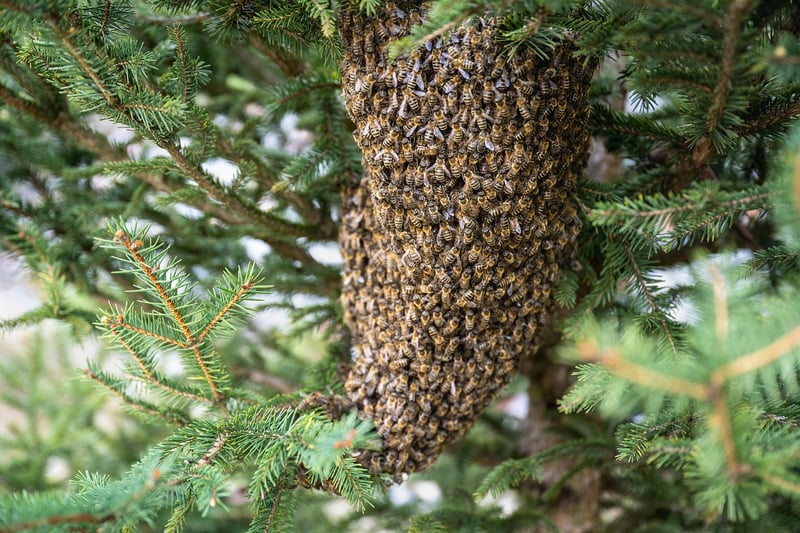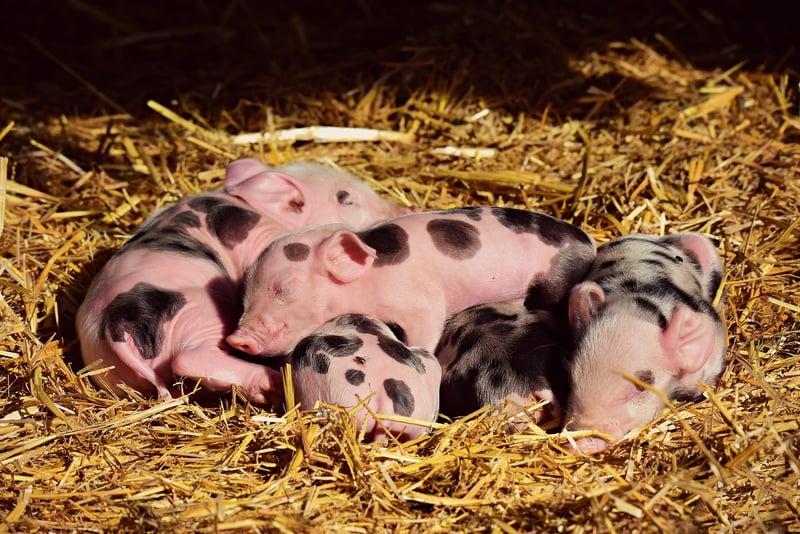Pollinator Habitats
Creating Habitats for Wildlife: A Guide to Establishing Pollinator Habitats

Wildlife habitats play a crucial role in supporting biodiversity and maintaining ecological balance. Among the various types of habitats, pollinator habitats are especially important for supporting pollinators like bees, butterflies, and birds. By creating pollinator habitats, you can contribute to the conservation of these vital species and enhance the beauty of your surroundings.
Benefits of Pollinator Habitats:
- Support pollinators in their essential role of pollinating plants
- Promote biodiversity by providing food and shelter for various species
- Enhance the beauty of your garden or landscape with vibrant flowers and wildlife
- Contribute to environmental conservation efforts
How to Establish a Pollinator Habitat:
- Choose a sunny location with access to water sources
- Plant a variety of native flowering plants to attract different pollinators
- Avoid using pesticides and herbicides that can harm pollinators
- Provide nesting sites like bee hotels, birdhouses, or butterfly shelters
- Maintain a diverse range of plant species to ensure blooms throughout the seasons

Get Involved:
You can make a difference by creating pollinator habitats in your own backyard or community. Consider joining local conservation groups or volunteering for habitat restoration projects to support wildlife conservation efforts.
Conclusion:
Creating habitats for wildlife, especially pollinators, is a rewarding way to contribute to environmental sustainability and enjoy the beauty of nature. By establishing pollinator habitats, you can play a part in preserving biodiversity and fostering a healthier ecosystem for future generations to enjoy.
Start today and make a positive impact on the environment!
